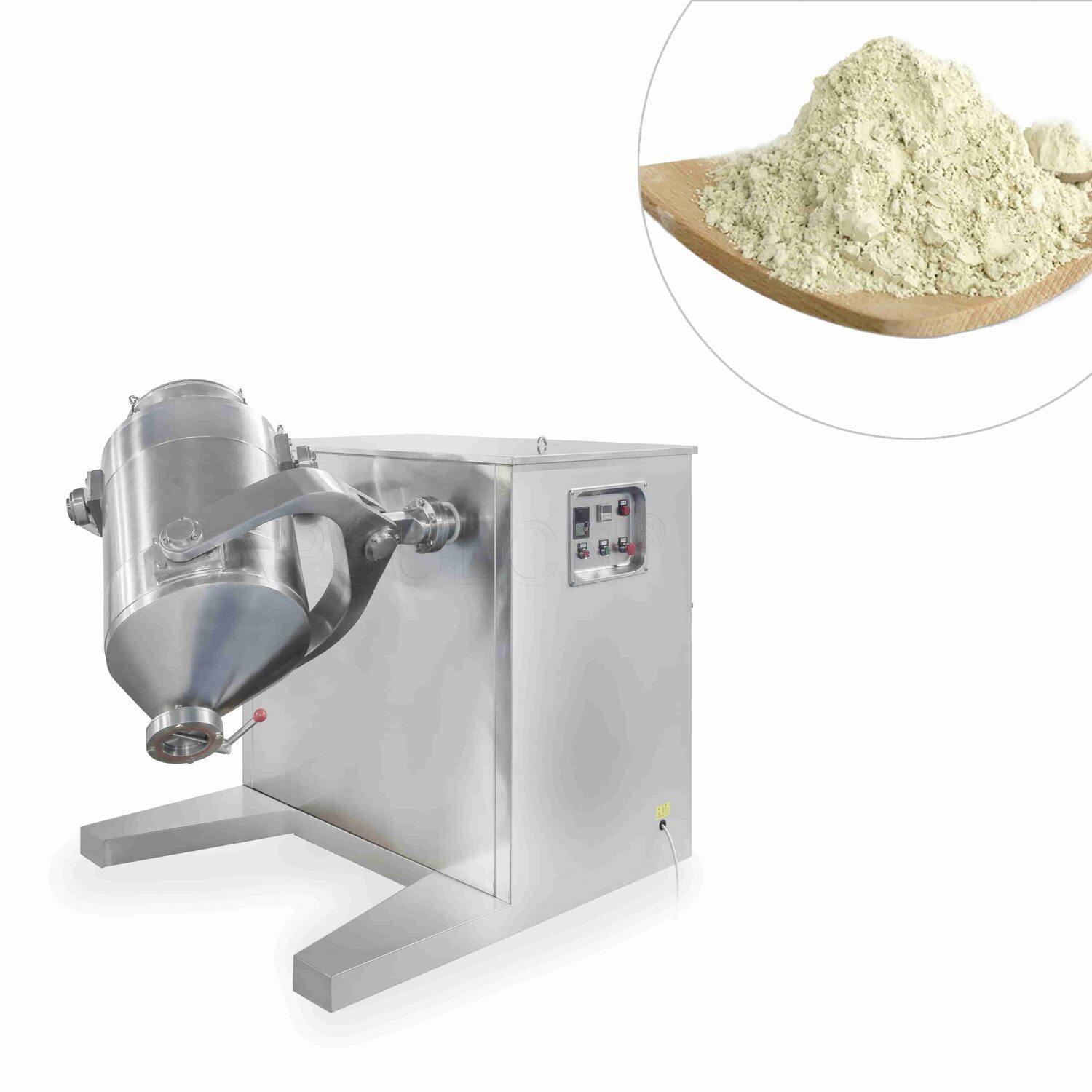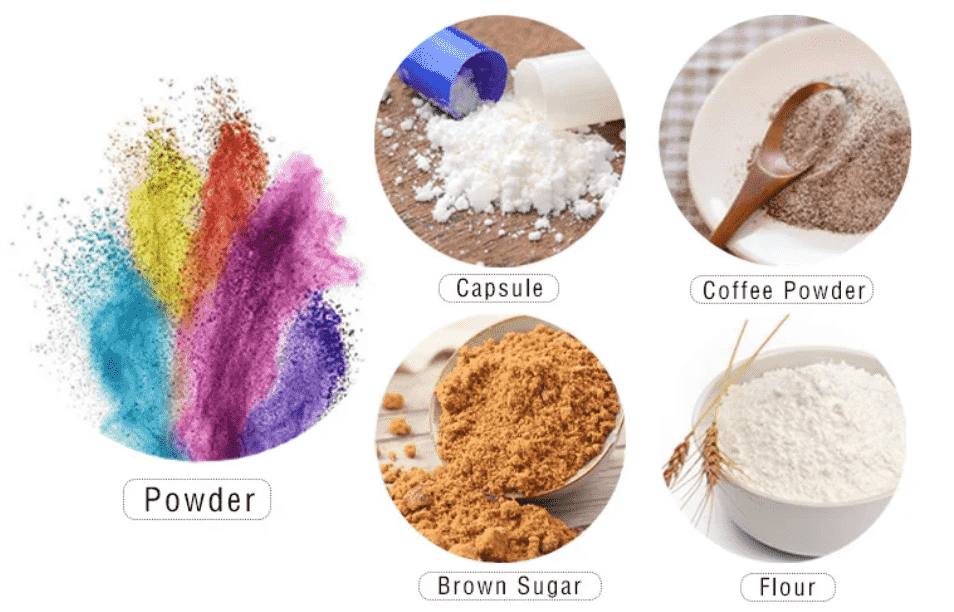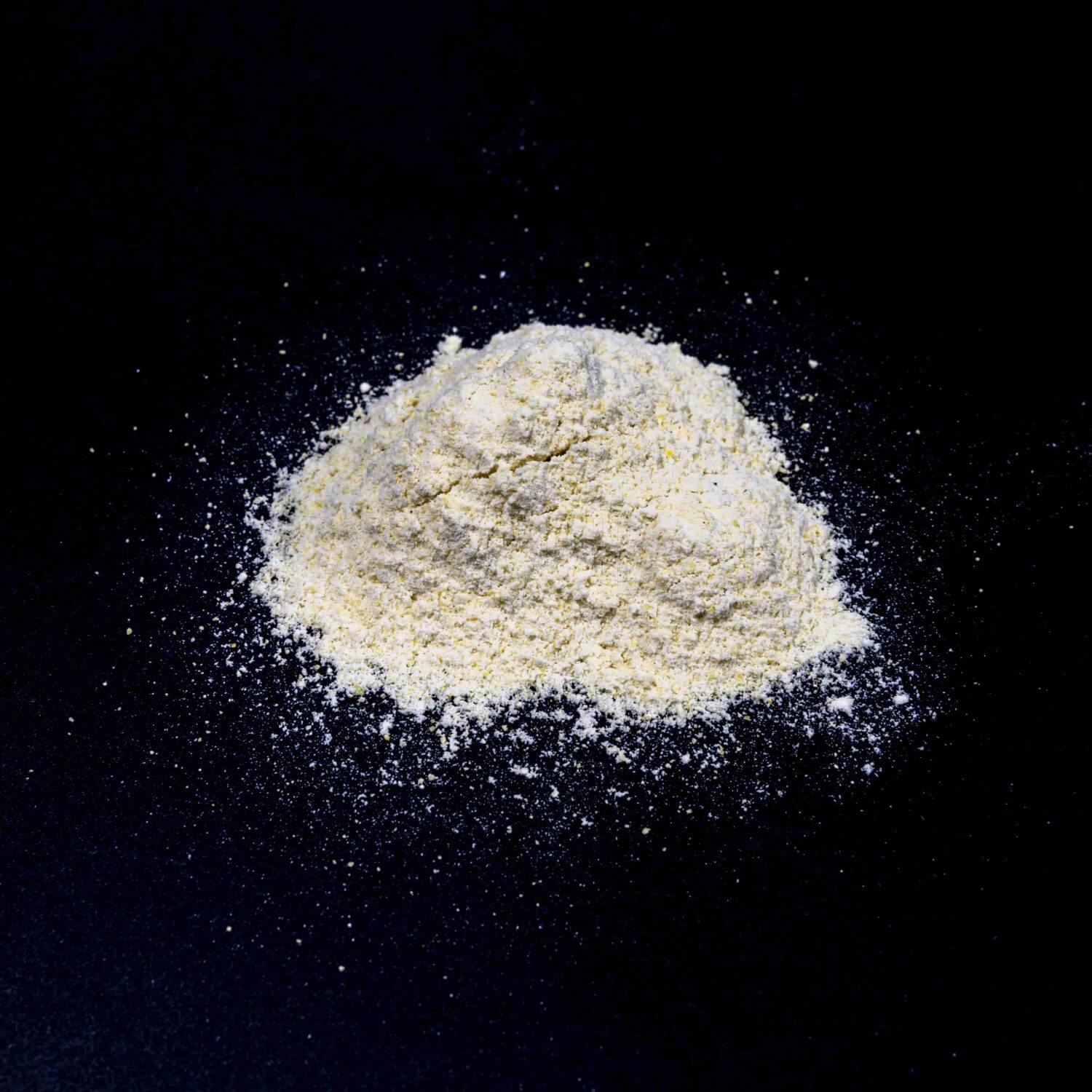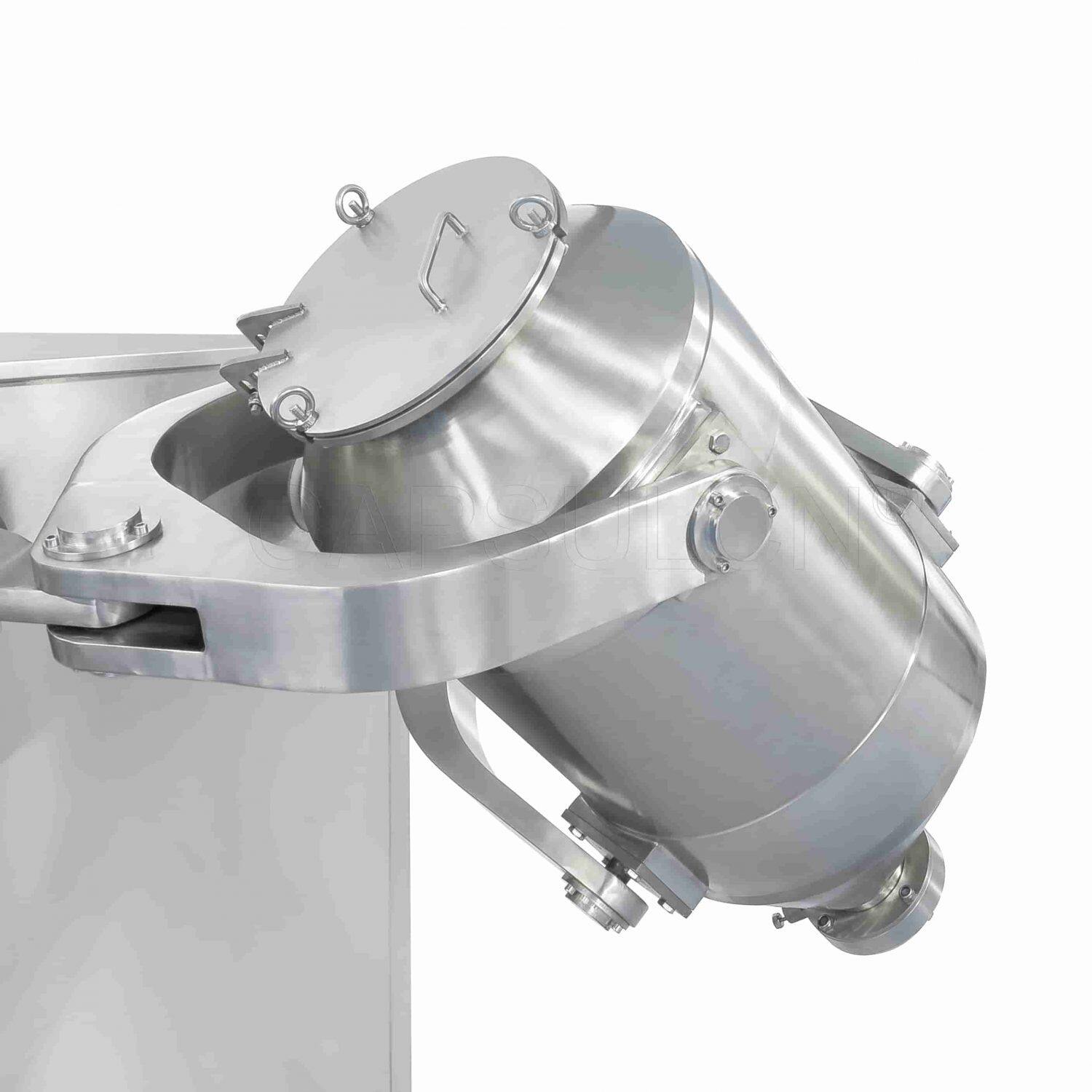
Imagine a world where every capsule or tablet has a perfect blend of active ingredients. In the pharmaceutical field, that's where the bin blender comes in, mixing fine powders perfectly. However, choosing the wrong one could spell disaster. No worries! In this article, we'll walk you through the key things to look for before purchasing a powder mixer, to ensure that your pharmaceutical business gets the perfect blend - both figuratively and literally.
Question 1: What Type of Materials Will You be Blending?

When selecting a bin blender for your pharmaceutical application, the crucial first step is to determine the specific type of material you want to blend.
Powders are the most common pharmaceutical blending category and include a wide variety of ingredients such as active pharmaceutical ingredients (APIs), excipients (fillers, binders, disintegrants) and lubricants. However, there is much more diversity within powders:
- Fine powders - These powders have a particle size of less than 100 microns and require gentle mixing in a blender to prevent excessive shearing and potential degradation.
- Coarse powders - These powders have larger particles and can withstand more vigorous mixing.
In addition, pharmaceutical formulations often require pre-processed particles for controlled release or improved flowability. Therefore, it is important to consider the size, density and shape of the particles when selecting a blender.
Apart from the above two common materials, there are some more challenging ones, such as:
- Sticky powders - These powders tend to agglomerate and require mixers with specific blade designs to break up the agglomerates.
- Moisture sensitive materials - hygroscopic materials (such as some APIs) tend to absorb moisture. Consider using a blender with vacuum capabilities to minimize moisture exposure during the blending process.
- Shear sensitive materials - Some APIs can lose their effectiveness or change their properties under high shear. For these materials, a mixer with a gentler mixing mechanism or adjustable settings is required.
Question 2: What is Your Desired Blend Uniformity?

When choosing a bin blender, material blend uniformity might be another big factor you need to consider. Inconsistent mixing of ingredients can cause some problems with your finished product. If certain doses of the API are low in concentration, they may not be enough to treat the intended condition. In contrast, high concentrations of APIs may cause unwanted side effects.
The features of the blender largely determine the level of material blending uniformity.
The longer the mixing time, the more uniform the mix will be. Therefore, you need to consider the mixer's operating cycle and how it matches your desired batch uniformity.
Also, some blenders use a tumbling action, while others use a specific blade configuration for optimal particle distribution. When selecting a blender, choose the mixing method that is right for your batch and desired uniformity.
Mixing larger batches can be more challenging to achieve uniform distribution. At this point, you're better off choosing a blender that has the capacity to easily handle typical batch sizes without compromising uniformity.
Question 3: How Much Do You Plan to Produce Daily, and in How Many Batches?
Think of your daily production as the big picture - the total amount of final product you need to produce each day. This helps determine the overall amount of work the bin blender needs to handle.
Batch size, on the other hand, refers to how much material you want to mix at one time. Factors such as the type of medication you are making and other equipment limitations can affect this decision.
Now, by knowing your daily production and typical batch sizes, you can determine the ideal number of batches you need to run each day. A simple calculation will help you do this.
- Daily Production Volume / Batch Size = Number of Batches
This will tell you how many runs the blender needs to run to reach your production goals.
Now that you know the ideal number of batches, let's find the perfect bin blender! The capacity and efficiency of your blender are key considerations. Not only should you make sure the blender is right for your typical batch size. This is because overloading can negatively impact mixing and uniformity.
You also want to look for machine features that minimize downtime between batches. This may include fast loading/unloading functions and easy-to-clean designs for faster turnaround.
Question 4: What Materials are Used in the Blender's Construction?

In general, stainless steel is the material of choice for pharmaceutical blenders. It offers several advantages:
- Corrosion Resistant - Stainless steel is very resistant to corrosion from pharmaceutical ingredients and cleaning agents, which prevents contamination of the blender itself.
- Easy to clean - Stainless steel produces blenders with smooth, crevice-free internal surfaces that are easy to clean, minimizing product residue and maintaining sanitation.
- Durable - Stainless steel maintains excellent durability and longevity even under harsh operating conditions.
Just as importantly, make sure that the mixer's gaskets and seals are made of materials compatible with the medication components and cleaning solvents. This will prevent them from degrading or leaching chemicals into the mixture.
In any case, it is important to remember that the right machine construction materials are an investment in the quality and safety of your medicines. Don't compromise on this critical aspect when choosing a bin blender.
Questions 5: What is the Motor Power of the Bin Blender?
The motor power of the bin blender is critical to ensure efficient mixing. Usually you can determine the proper motor power based on your batch size.
- Small Batch (1-5 kg): For lighter, small batch powders, a bin blender with a motor in the 0.75-1.5 kW range may be enough.
- Medium Batches (5-10 kg): For medium batches of materials, you can go for a blender with a motor power between 1.5 kW and 2.2 kW. This kind of machine can also be used for denser powders or mixtures of particle sizes.
- Large quantities (10 kg and above): Large quantities or denser materials may require a motor of 2.2 kW or more to ensure proper blending.
These are just general examples, your specific power requirements for a bin mixer depend on your unique needs. It is always best to consult the bin blender manufacturer to discuss your application. They can recommend a blender with the proper motor power and mixing capacity to achieve the best performance for your needs.
The Bottom Line
Choosing the right bin blender for your pharmaceutical operation doesn't have to be a complex process. This guide provides you with 5 key questions to ask. With these insights, you will have no trouble selecting the perfect blender that can help you boost your pharmaceutical business.